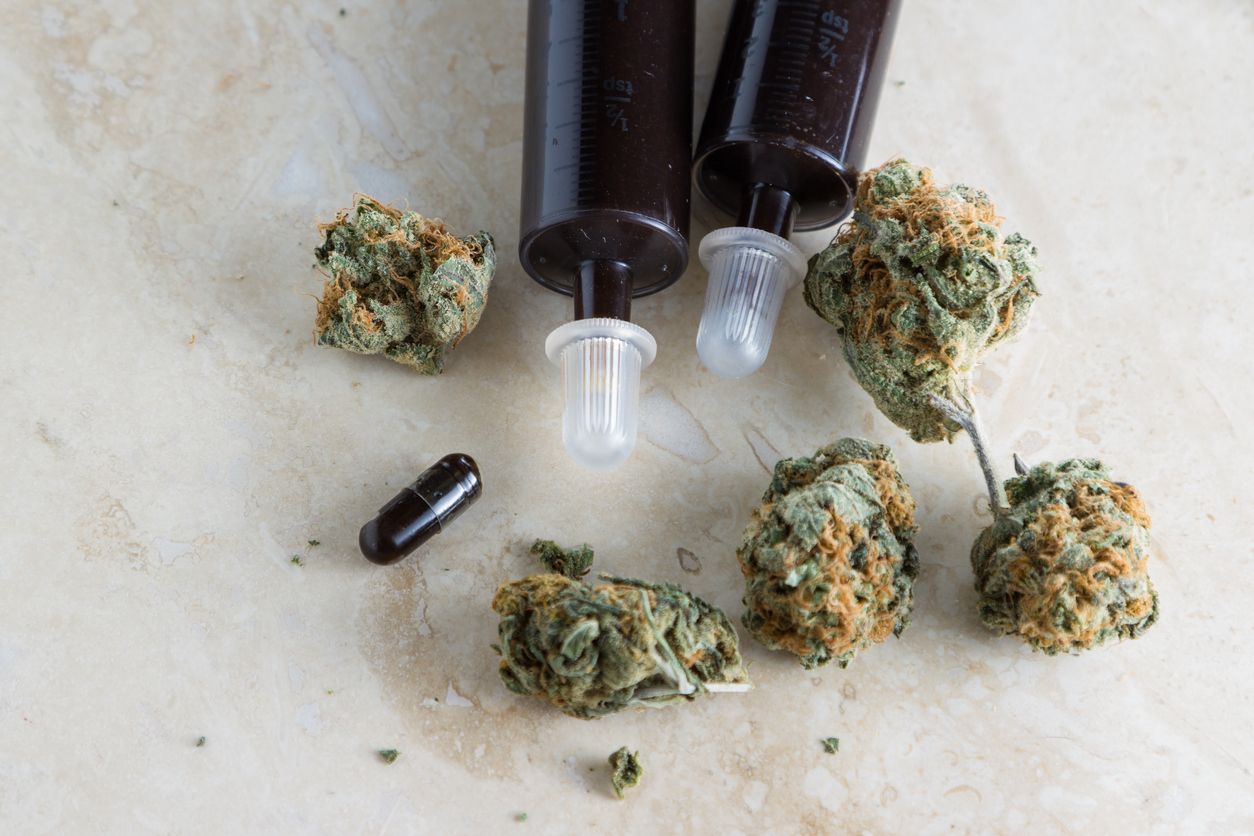How To Make Cannabis Oil and Edibles
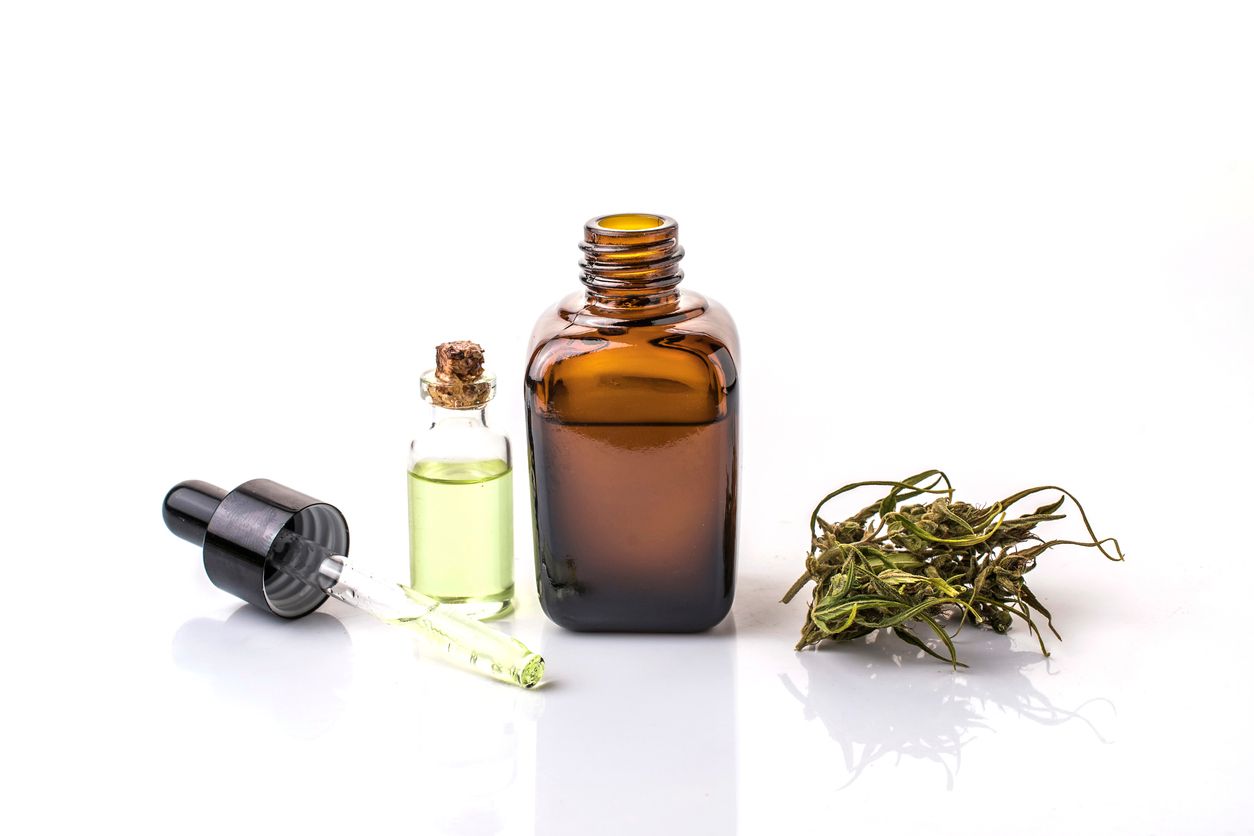
Though the media continues to focus on marijuana products infused with THC, CBD products are quickly growing in popularity. This element that was once believed to have little to no purpose, is an incredibly powerful component that can be helpful when utilized as a therapeutic agent.
What is Cannabis Oil?
CBD oil consists of an extractor like cooking oil or alcohol infused with the cannabinoid CBD. It will also include other elements like terpenes and cannabinoids that can be beneficial. However, it is important to note that most cannabis strains and cannabis oils that are made using terpenes or cannabinoids will contain at least some amount of THC, which is the psychoactive element in marijuana plants.
Why is it so popular?
CBD oil can be taken as a supplement to prevent certain conditions, as well as a treatment for both chronic and short-term issues. However, the most incredible thing about this element is that it can benefit patients as well as typically healthy and pain-free individuals and recreational consumers when taken correctly.
The effects of cannabis oil
Cannabis oil can impact a consumer in a variety of different ways, depending on what it’s made with. High THC cannabis oil can provide an intense sense of euphoria and relaxation, but those with only CBD are far less noticeable and might not be felt at all. THC produces instant effects and CBD tends to benefit consumers long term through a reduction of inflammation and regulation of the body.
Cannabis oil uses and health benefits

The benefits of cannabis oil are vast and range from physical changes to help with mental health issues. Below is a list of the most common conditions and symptoms that might improve with a cannabis oil treatment.
- Seizures
- Anxiety
- Stress
- PTSD
- Depression
- Insomnia
- Blood pressure
- Pain
- Chronic pain
- Inflammation
- Multiple Sclerosis
- Alzheimer's
- Parkinson’s Disease
- Stroke
- Muscle spasms
- Spinal cord injury
- Cancer
- Nausea
How to make cannabis coconut oil
This guide will work with either plant’s flowers or cuttings, but if you’re looking for a potent CBD oil that consists of mainly just one element, then you will need to select the strain very carefully. Most marijuana strains produce very little CBD and high concentrations of THC, so it is important to begin with the right one for the effects that you need.
You will need:
- 1 oz cannabis flowers, hemp buds, or leaf trimmings
- 1 cup of coconut oil
- 1 weed grinder
- 1 baking sheet
- 2 mason jars
- 1 small pot
- 1 small clean dishcloth
- 1 thermometer
- 1 elastic
- cheesecloth
Instructions
-
Preheat the oven to 220°F and grind up the plant materials while you wait.
-
Spread the bud grind across a baking pan, then bake for 60-90 minutes. This step is necessary, as it decarboxylates the buds, which converts THCA and CBDA into their activated forms. Without it, you will not obtain the same benefits from your homemade CBD oil.
-
Once the bud grind is decarboxylated, dump it into one of the mason jars.
-
Pour coconut oil into the jar, ensuring it’s enough to saturate the plant matter. Bear in mind too much room for breathing will result in a less potent cannabis oil.
-
Fasten the lid onto the mason jar. Place a towel in the bottom of a pot and fill the pan halfway with water.
-
Place it on a burner set to medium heat.
-
Rest the mason jar on top of the towel, and wait for the liquid to hit 200°F.
-
Once it hits that ideal temperature, lower the burner, setting enough to avoid boiling over, while maintaining the 220° F. Allow to simmer at this temperature for 3 hours. During this time, it is vital to check on the water level to avoid scalding and adding more water if needed to keep it from going dry.
-
After 3 hours of brewing, remove the jar from the pot and allow it to rest for 2-3 hours.
-
Reheat the mixture for another 3 hours at the same 220°F. (Some people skip over this additional extraction time, but this will result in a much less potent cannabis oil).
-
Once the oil has finished cooking for a second time, remove from the pot and allow it to cool.
-
When the mixture is completely cool, and you can safely handle the jar, then the mixture is ready to be strained. Do this by placing a few layers of cheesecloth over the spout of the filled jar, and fasten it into place using an elastic to create a filter, then slowly pour the cannabis oil into the clean jar, and it will finally be processed and ready for use.
* Important note - This cannabis oil recipe is intended for topical and oral consumption, and not meant to be vaporized or smoked. *
How to make cannabis oil for brownies
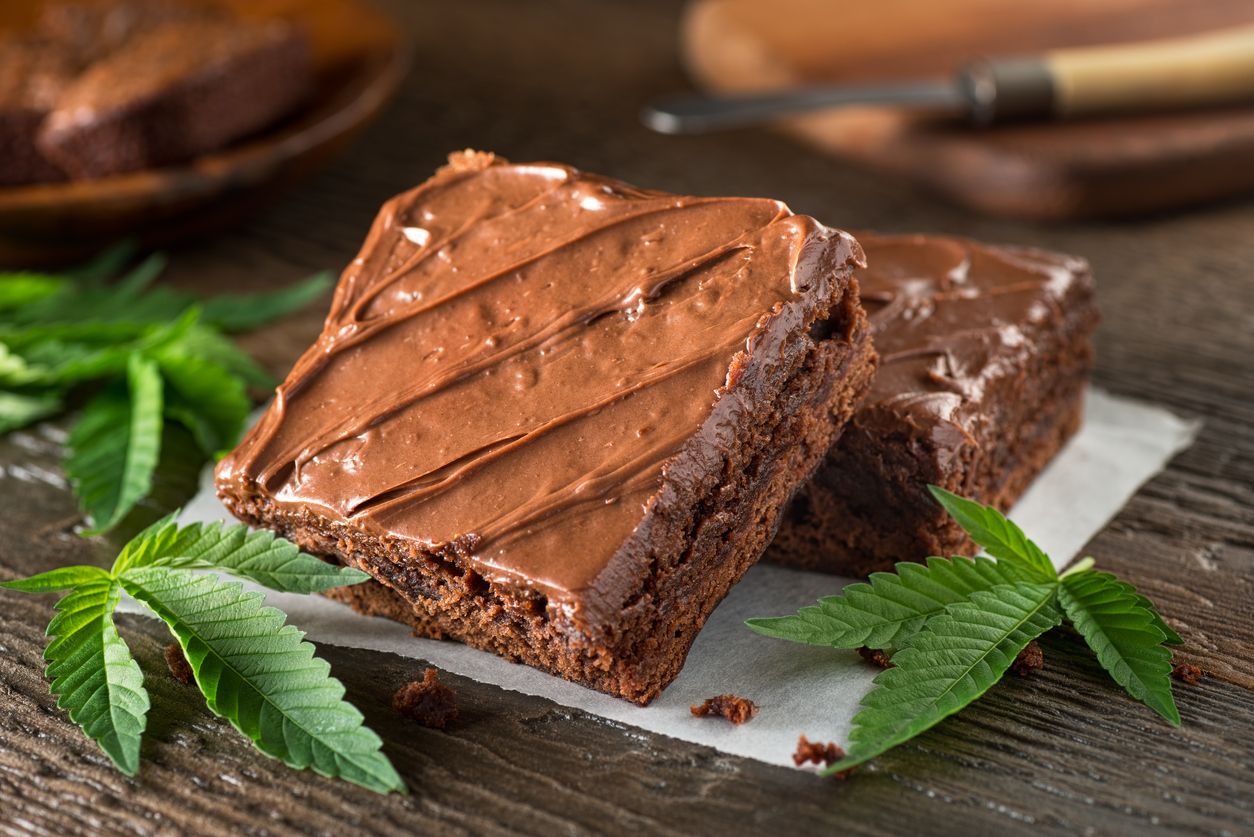
If you want to make yourself a giant batch of pot brownies, then the coconut cannabis oil above might not be ideal, as it is most commonly used for creams and tinctures, however, you can use the exact same recipe that is laid out above only be sure to switch out the coconut oil for vegetable oil. The results will be perfect for a potent bunch of cannabis-infused treats like brownies or cakes.
How to make cannabis oil for pain relief
The best cannabis oil for pain relief will depend on the effects that you require to achieve. For some, that could be a significant dose of only CBD oil, but for most, a high and even dose of THC and CBD is most effective for long term pain relief. To make this, you will need hemp or weed strains that provide a reasonable amount of both, as there is no way to divide cannabinoids.
How to make cannabis oil to smoke
For those who seek a pure and easy to make cannabis oil to smoke, we highly recommend the high heat method which can be done in the comfort of your own home with no more than a hair straightener and some parchment paper.
You will need:
- 3 grams of dry bud
- 1 hair straightener
- 1 small glass vial
- Parchment paper
Instructions
-
Preheat hair straightener to 280°F.
Choose a bud (buds shouldn't be any wider than your finger for the best results). Wrap the bud in parchment paper and then press the bud with layers of paper between the metal plates of the straightener for approximately 10 seconds. Check to see if the rosin has gathered on the paper. If it hasn’t, press for another 10 seconds. You should have enough rosin that can be peeled off once cooled. Though it won’t be a lot, the goal amount is generally around 0.5-0.6 grams of resin once you have pressed all 3 grams.
Repeat step 1 until all buds have been pressed and you have gathered as much rosin as you can. After each bud is pressed, place that piece of parchment paper in the fridge and use a new one for every bud you press.
Remove the parchment paper from the fridge and peel the layers of rosin off the paper.
Store the freshly pressed cannabis oil aka rosin in a glass jar or vial for freshness.
How to make cannabis vape oil
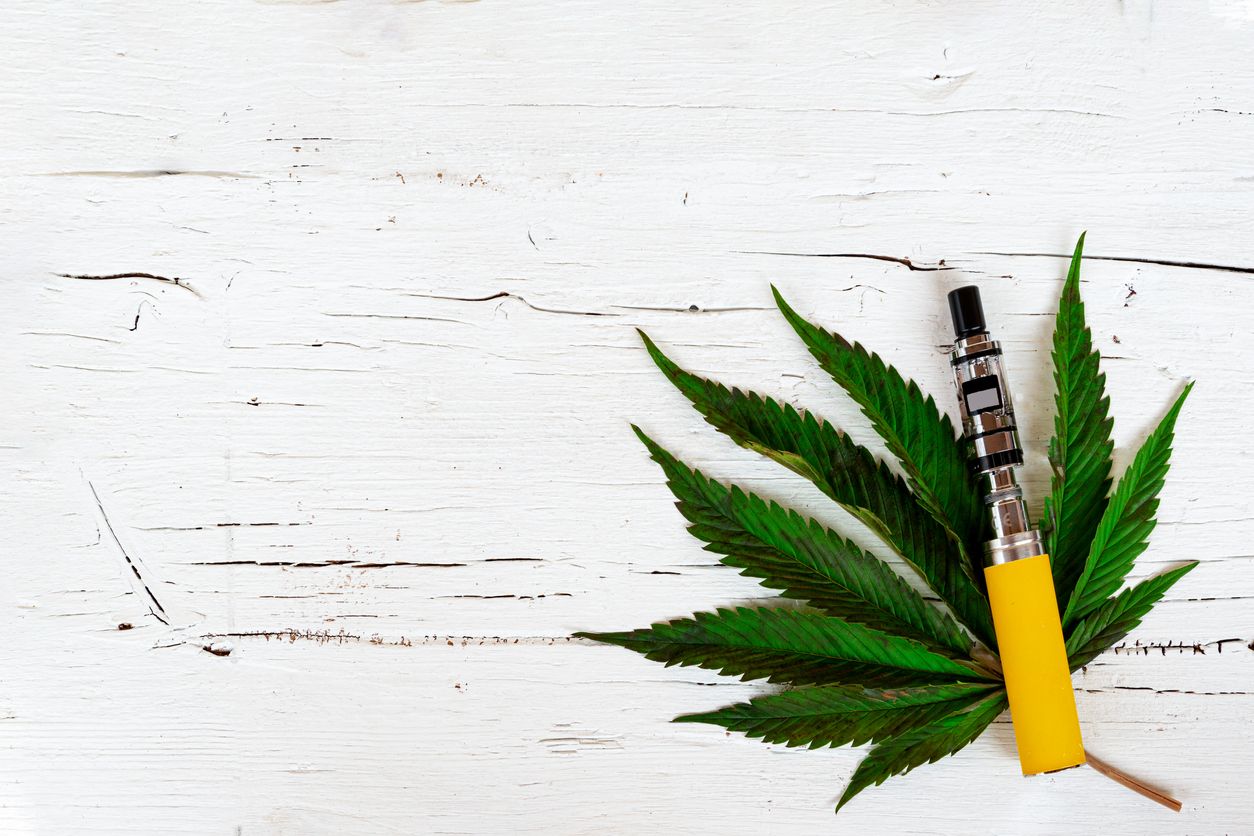
If you want cannabis oil that is compatible with a vape pen or e-cigarette, then you will need to use the glycerin extraction method as set out below.
Preparation time: 2 to 3 hours
You will need:
- Dry buds (3.5 grams or more)
- USP food grade glycerin
- 1 pot (or burner safe glass dish)
- Vegetable or canola oil
- 2 cooking thermometers
- Small mesh strainer
- Cheesecloth
- Stirring wand
- Rubber spatula
- Stovetop
- 2 glass jars (heat safe)
Instructions
-
Grind buds by hand or with scissors. When finished, place ground bud into a glass jar.
-
Pour enough glycerin to coat the buds. The result you should be looking for is a sticky mixture but not a watery one.
-
In either pot or glass burner safe pan, pour in the vegetable oil or canola oil. You will want to leave enough room in the pan to set the jar in it without any chance of overflowing. Place pan and oil onto a burner and using a thermometer, slowly heat the oil to 220°F, then place the glass jar full of the mixed solution inside.
-
Use the second thermometer and try to maintain a temperature of 180°F. Once you’ve noticed both liquids are maintaining their individual temperatures, allow the mixture to cook for 45 minutes.
-
Once the solution has cooked for 45 minutes, remove the glass jar and allow it to cool to a safe temperature to handle.
-
Place the fine mesh strainer over a clean jar and strain solution through it. Use a spatula to press any excess liquid from the bud and place the bud back in the pot.
-
You have now completed your first and most potent batch of oil. Repeat steps 2-6 until you have completed three batches. Each batch will be slightly less potent than the last.
-
Use three layers of clean cheesecloth to cover your mesh strainer and place it over a new glass jar. Strain each batch of the solution through the strainer into the jar. (Different jars can be used to keep batches separate for various strengths.
-
Place glass jar back into the pan to heat again to 220°F for 30 minutes.
-
Time to enjoy the fruits of your labors. Use a syringe to gather the extract and add it to your e-cigarette or pen.
How to make cannabis oil suppositories
Cannabis oil suppositories are incredibly easy to make with only a couple of things on hand, and which ones you need will depend on your comfortability. A tampon is ideal for menstrual cramps and pains, but a syringe is more effective in most other situations.
You will need:
- Tampon (or syringe)
- Coconut cannabis oil
Ingredients
-
Dip the tampon into the coconut oil and let it absorb as much as possible, or alternatively, fill a syringe with the cannabis oil.
-
Insert your tool of choice into the problem area, and experience relaxing relief in no time.
Dosing
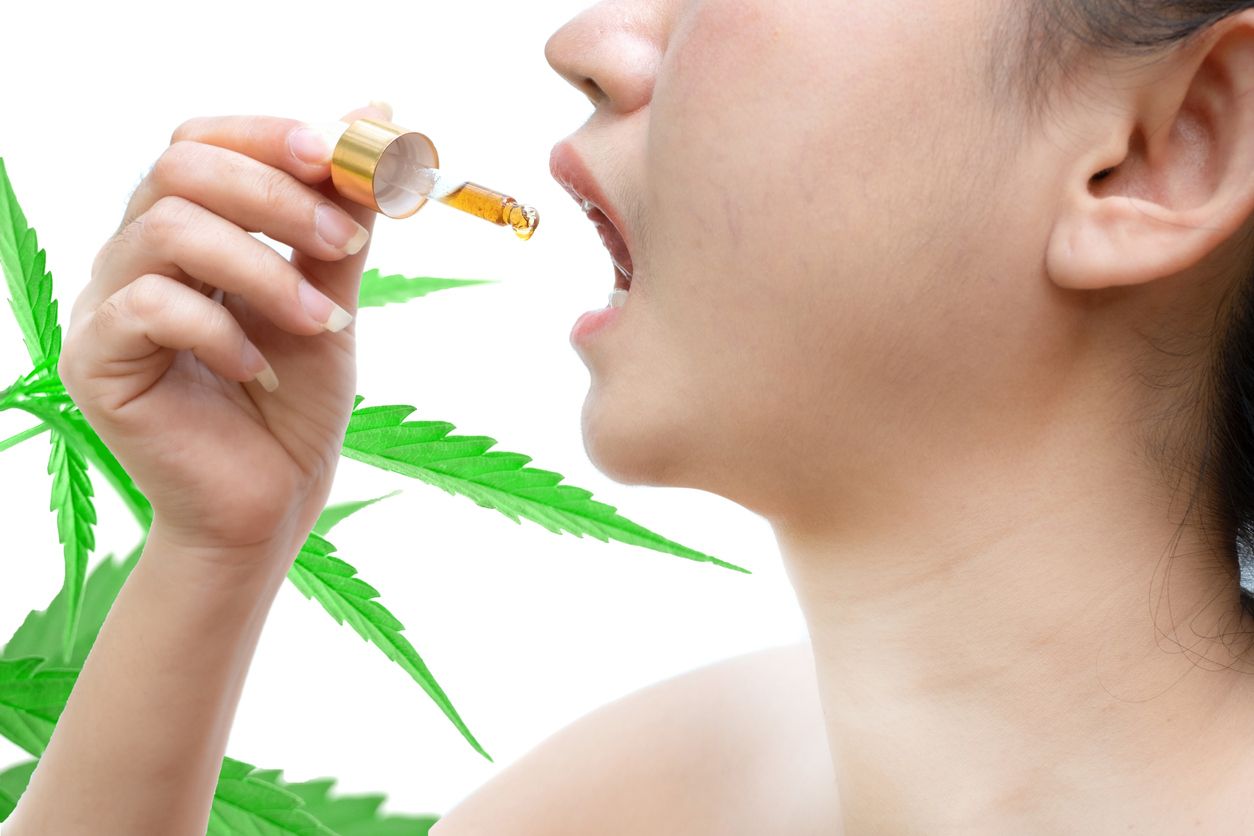
Whether you are smoking, vaping, eating, or topically applying cannabis oil, bear in mind that it is non-toxic, so there is no need to be concerned with overdosing. However, there are a few recommendations and tips that you might want to consider implementing for the highest chances of success and to avoid uncomfortable sensations along the way.
1. Start small
Even if your symptoms are severe, it is always a good idea, to begin with, the lowest dose of cannabis oil, which is generally around 5mg. A low dose allows the consumer to assess how they will be affected and helps to keep adverse reactions to a minimum.
2. Slowly increase cannabis oil doses
The goal of a cannabis oil microdose for beginners is to see how they will initially react to the element, but this isn’t only important in the infancy of experimentation. If at first, you find that a low dose is ineffective, then allow for a 5mg increase at a time and wait at least a few days before making that change. Doing so can help you to build a tolerance and comfortability with CBD or THC while seeking the perfect dosage for yourself.
3. Be patient
A lot of consumers expect products like cannabis oil to work instantly on a problem, but the thing is, CBD is a component that doesn't always induce noticeable sensations immediately, so this will only happen with THC. It also may take hours, days, weeks or even months to notice any significant difference, depending on the problem at hand. So be patient and remain consistent with dosing guidelines. It might take a while, but you will find your ideal dose eventually.
4. If at first, you don’t succeed, then try a different cannabis strain
Some hope to achieve the same results from CBD as they would from THC, and that isn’t always possible. However, not succeeding with one batch doesn’t mean that all hope is lost. If you are not pleased with the outcome, then try using some cannabis oil that is made from another cannabis strain. Remember, each one contains a unique concoction of powerful elements that help to prop up and enhance specific qualities, and as such the effects of each one differ greatly from the next, so it might take a few tries to find the perfect amount for you.
5. Consider different methods of ingestion
Some people can garner relief more effectively from the mere topical application of cannabis oil. However, many others are unable to achieve the same effects without pure oral ingestion, and this is generally caused by personal tolerance and the rate at which the body absorbs cannabinoids. If you don’t have luck with treating a symptom using one method, then it might be time to switch things up.

